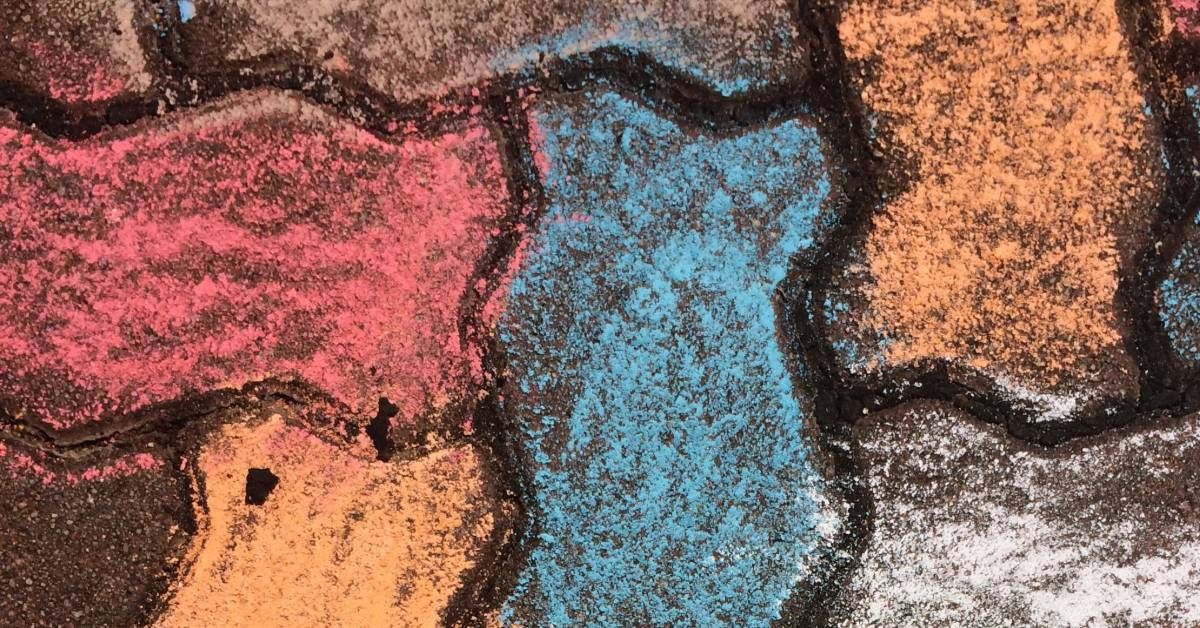Laying Pavers? MJS Materials Has You Covered
Using pavers around your home or business’s architecture can be the sort of feature that really makes your property pop! Before you jump into pouring concrete or settling for a dirt walkway, take a minute to consider pavers for your next project. MJS Materials has been providing the necessary materials for these home improvement projects for over 30 years in Florida. When you need paver sand for your paver installation, you have some options to consider. Regardless of what kind of sand you decide on for your project, the materials experts at MJS Materials are ready to help you accomplish your task.
If you’ve never laid pavers using sand before, or you just need a quick refresher, we’ve provided this quick-start guide to the process. If you have any questions afterwards regarding what sand is right for your paver project and what materials we have available currently, please contact us, and we will provide you with a prompt, knowledgeable answer!
The Process
That sand that you see between pavers in those beautiful walkways is actually just half of the sand that makes this process work. When you’re using sand to lay pavers, you actually use the material in two crucial steps. The type of sand that you use for your project can affect the end-result quality, so it’s important to make the right decision. Failure to do so could result in pavers shifting, sinking, or being uneven.
Step 1: Digging & Laying Foundation
Before you even get to sand, there is a start to the paver process. You’ll start by digging out a bed for your walkway. Rather than jumping right into pouring sand, you’ll need to lay the foundation. We recommend a layer of gravel or crushed rock. This layer is extremely important, because it will help to reduce the risk of water pooling in your walkway by allowing moisture to pass through and into the ground. This base layer is especially important for those of us in Florida, because when it rains, it pours! Standing water can wreak havoc on an improperly installed paver walkway.
Step 2: Laying Base Sand
After you’ve dug your pathway and laid down a bed of gravel or crushed rock, you’ll cover the whole path with a layer of sand. This is called the “bedding layer.” Once this sand is in place, use a tamping tool to compact the sand into an even layer. If you have access to a compacting machine, that will make this process much easier, especially if you’re doing this to a large area, such as a patio. We recommend having a base layer of sand that is several inches thick, which may require that you pour, smooth, and compact more than once to achieve the right depth.


